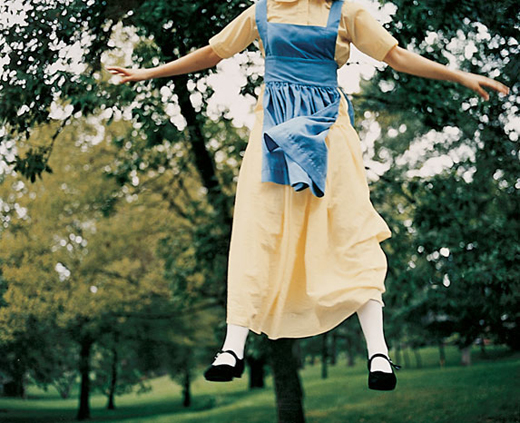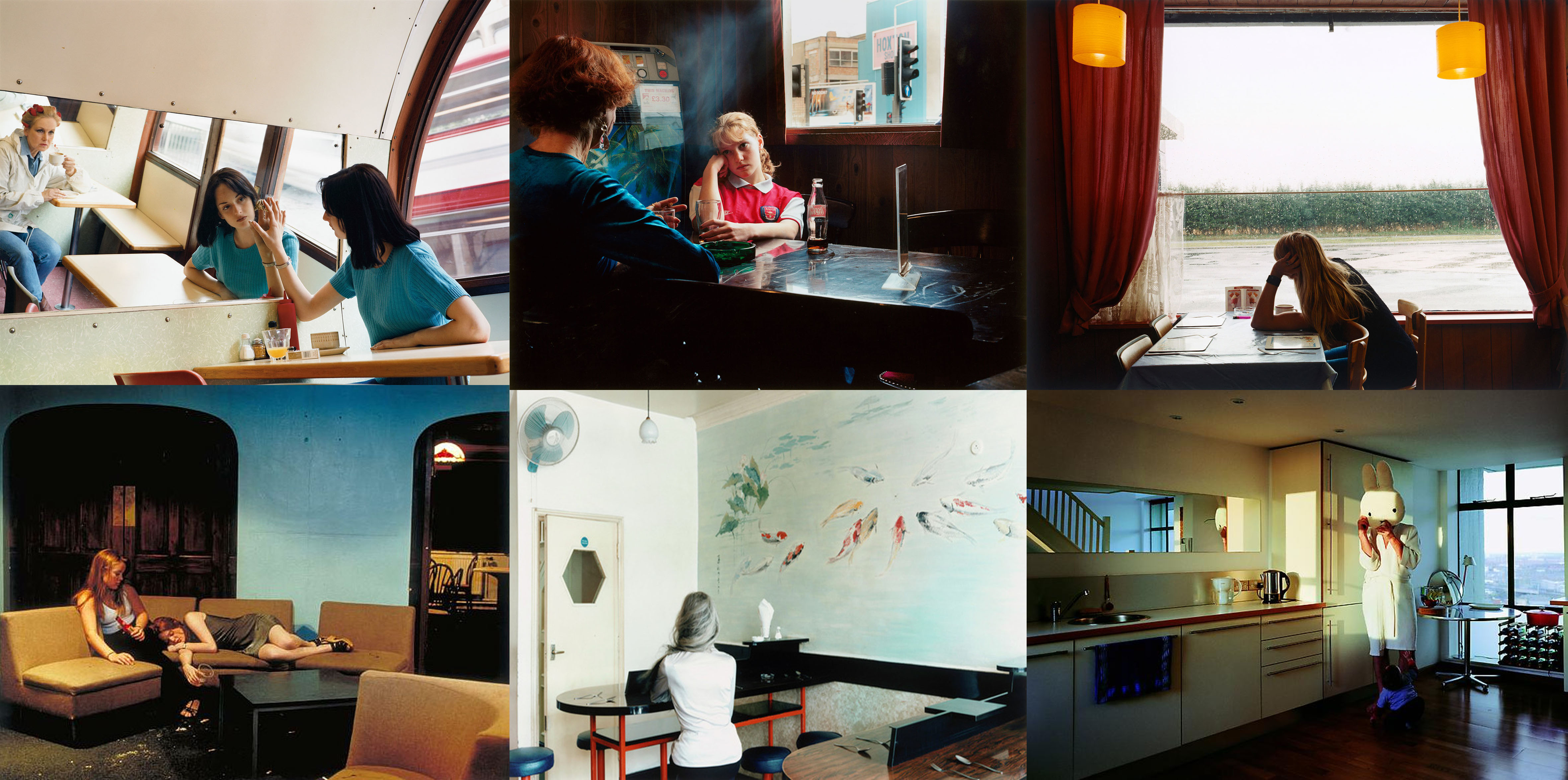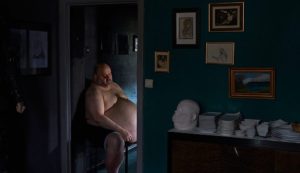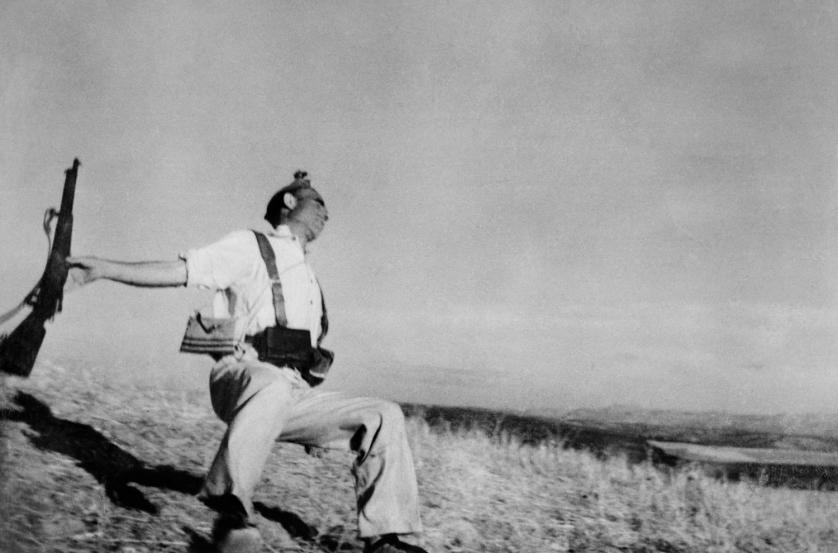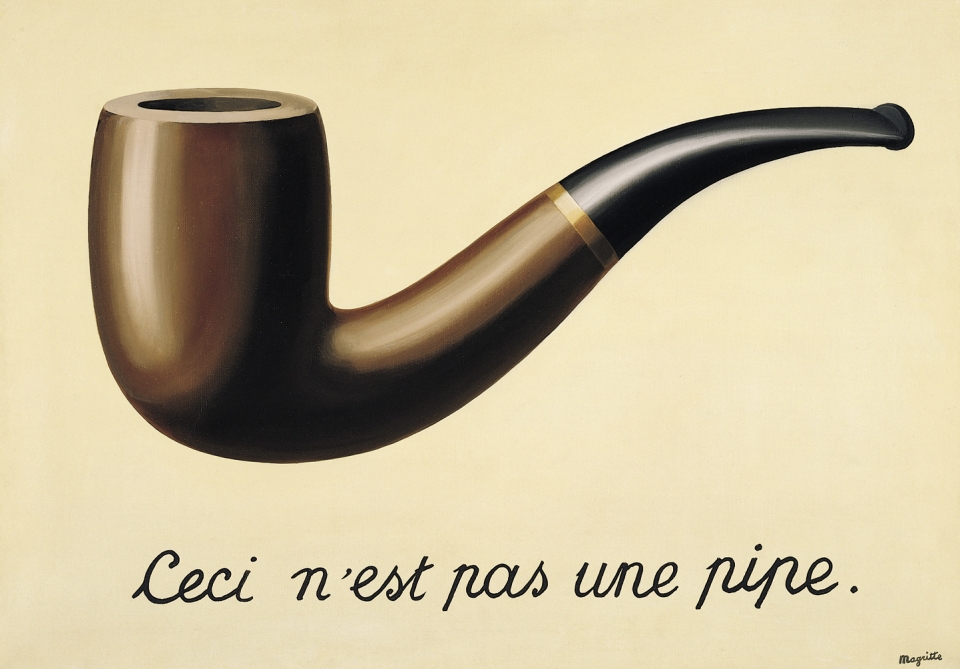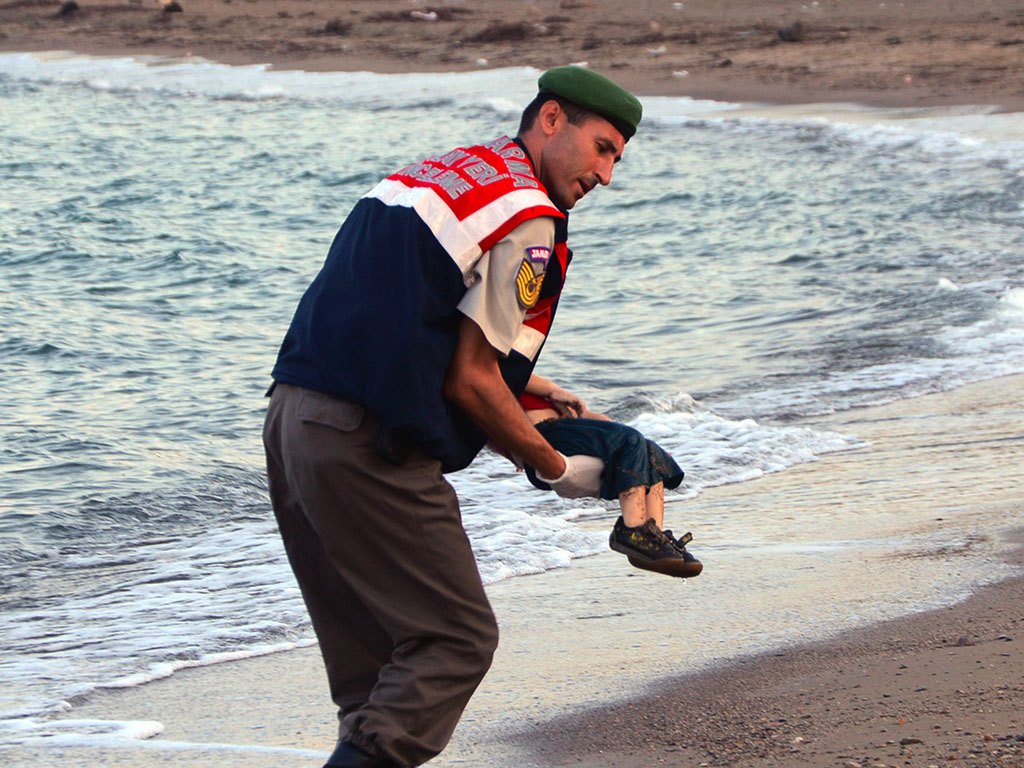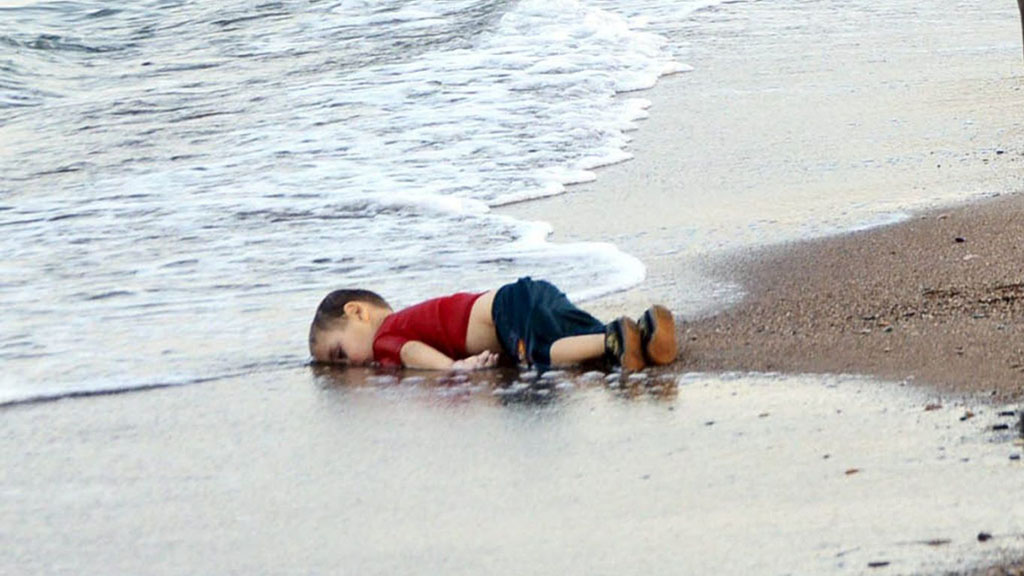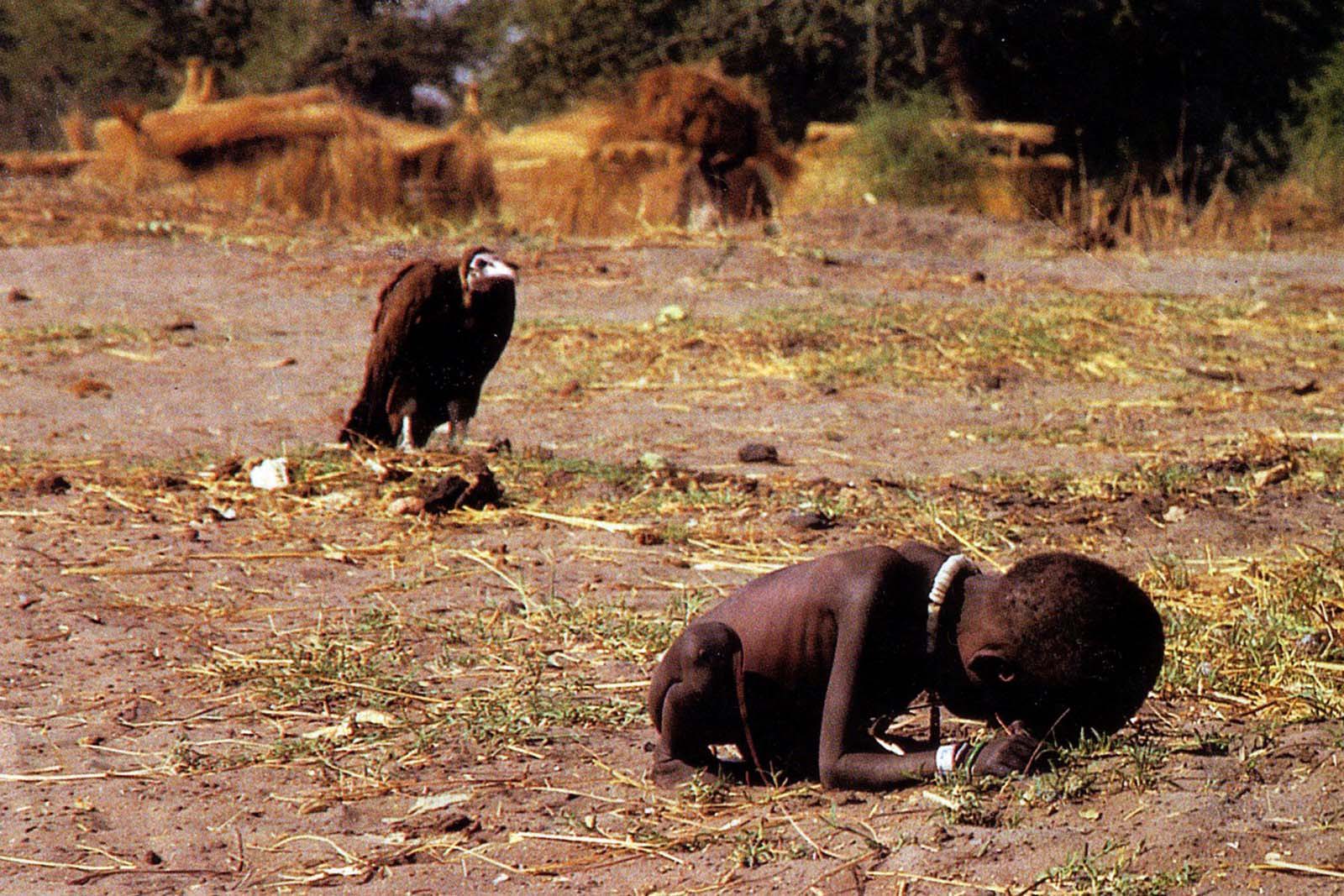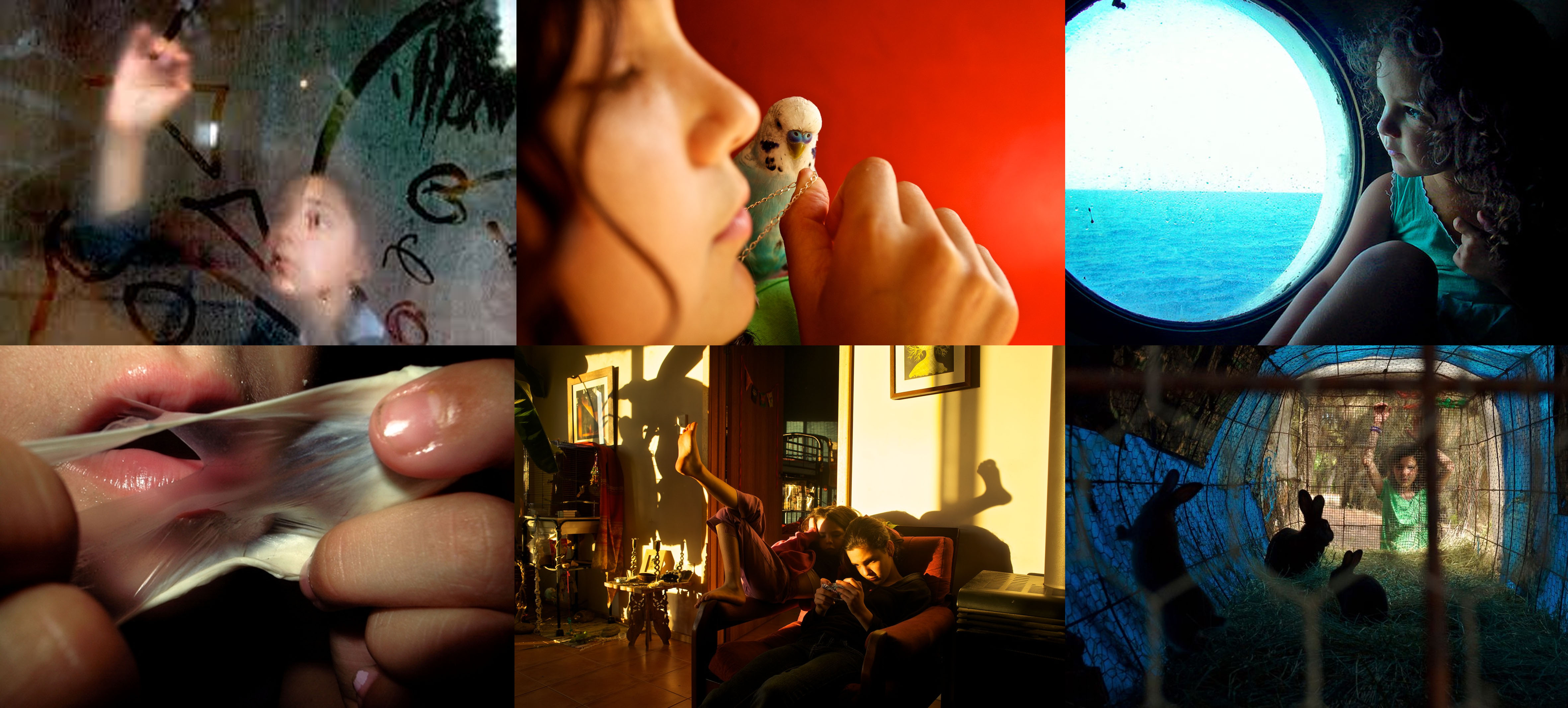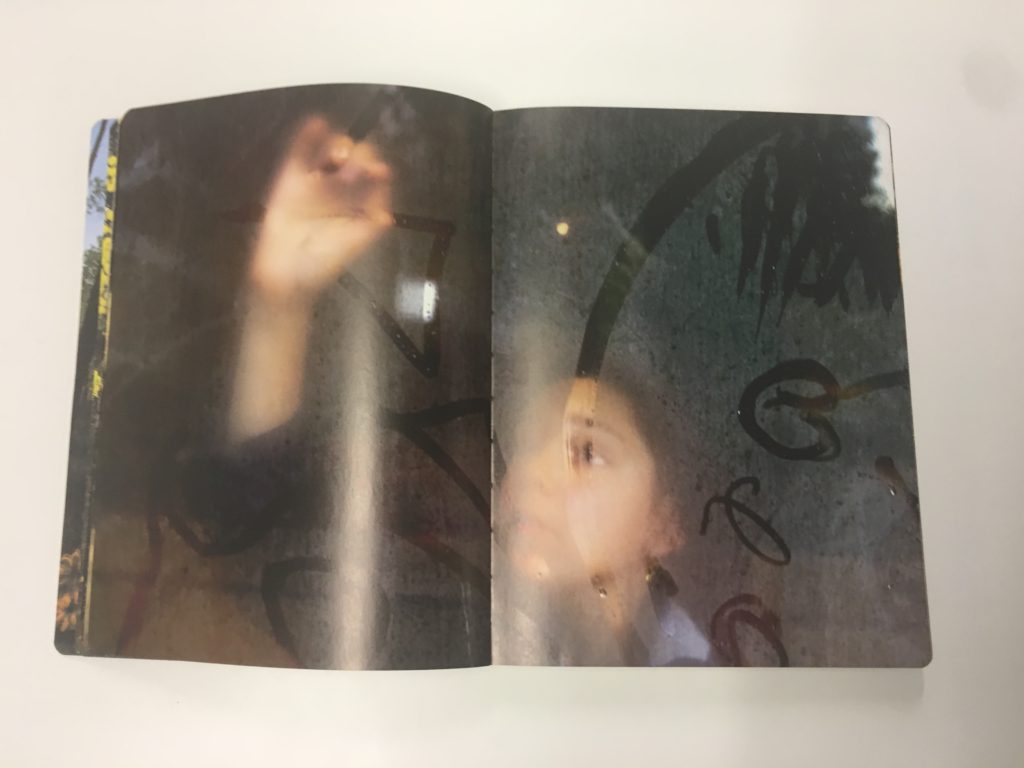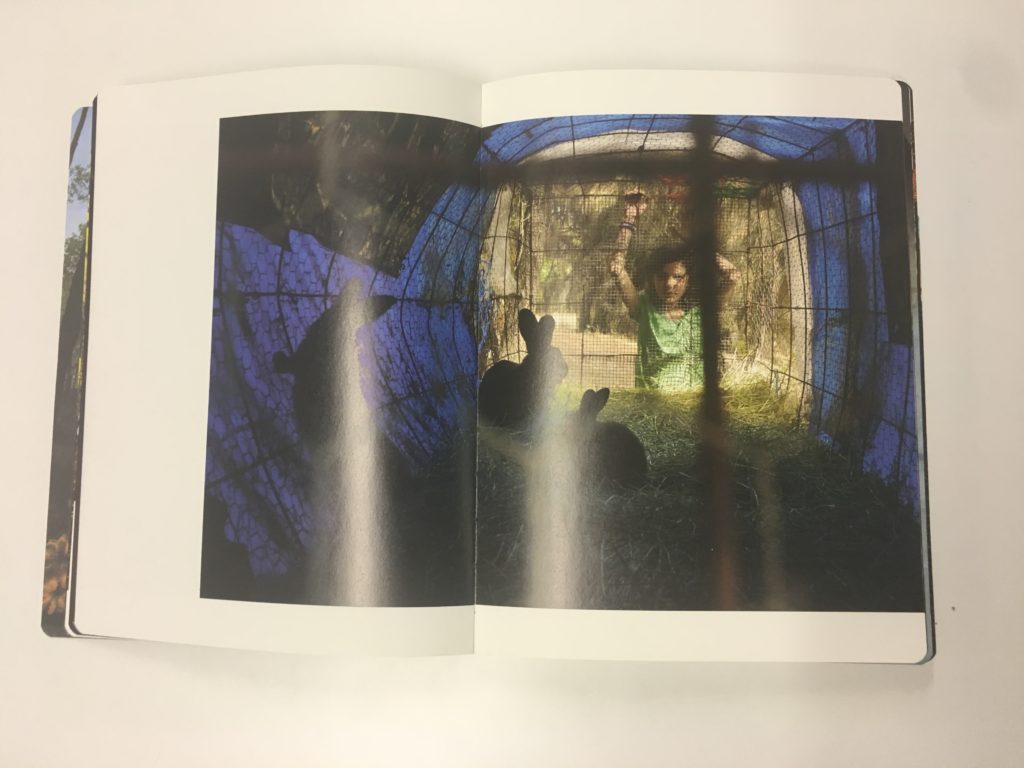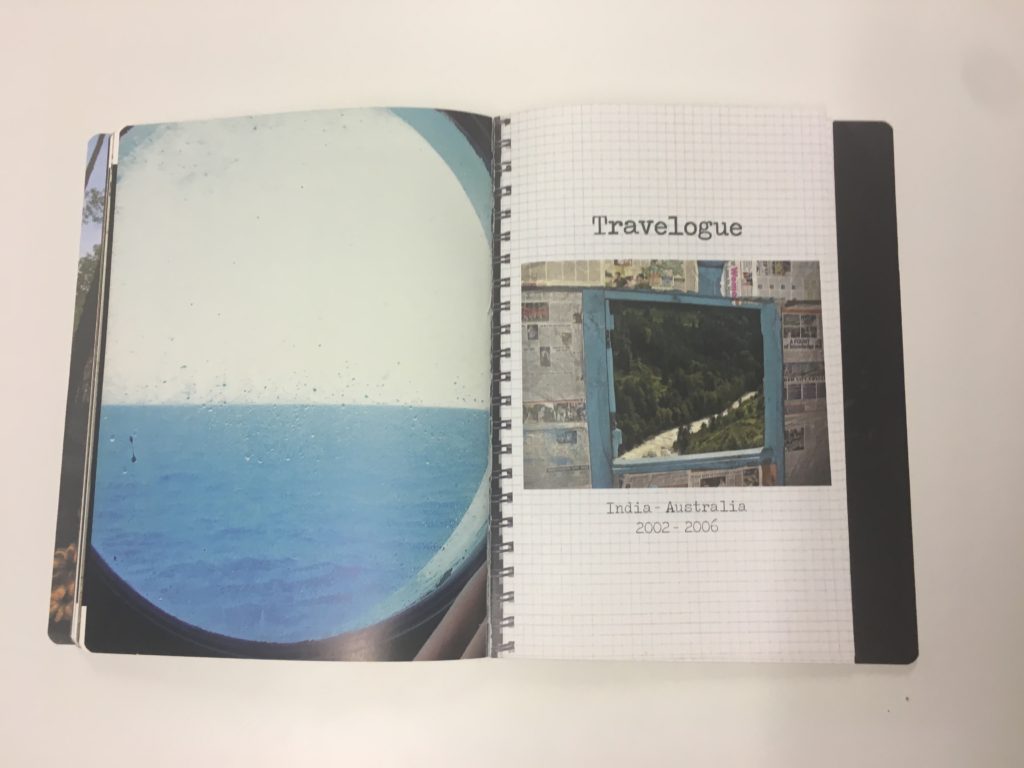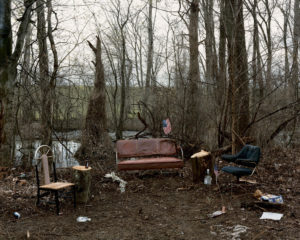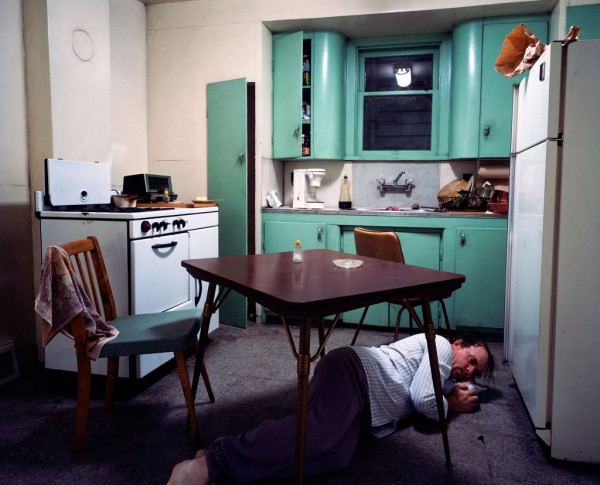Your task here is to question photography’s ability to be ‘truthful’. You are required to write at least 1000 words as response to issues in representation, ethics and standards in documentary photography and photojournalism. Use questions below to prompt your answers and illustrate your essay with images.
CASE STUDY: Steve McCurry
TASK 1 REPRESENTATION: DEADLINE MON 30 OCT (after H-Term)
The images of renowned photographer Steve McCurry, who made the famous and iconic image of an Afghan girl for a front cover of National Geography has recently been criticized for making ‘too perfect pictures’ which not only are boring but reinforces a particular idea or stereotype of the exotic other.
Read this article by Teju Cole in the New York Times Magazine which compares McCurry’s representation of India with a native photographer, Raghubir Singh who worked from the late ’60s until his untimely death in 1999, traveling all over India to create a series of powerful books about his homeland.
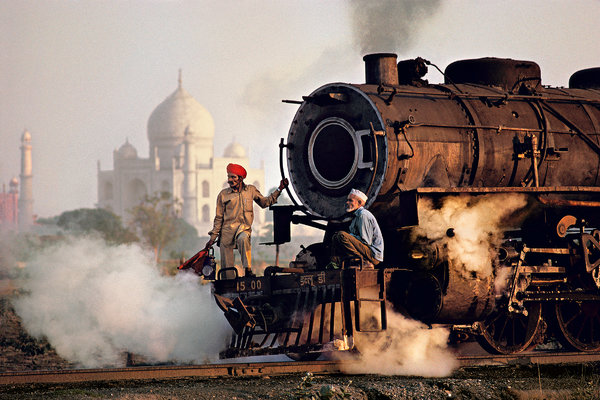

Reference to Coldplay’s new video also highlight the idea of cultural appropriation that harks back to Britain’s colonial rule and exploitation of the Orient.
As a counter-argument, read this article on Petapixel in In defense of Steve McCurry’s images
Question : How is McCurry’s images different compared to Singh in the way that they represent Indian culture? Back it up with references to articles read and include quotes for or against your own view.
TASK 2 ETHICS: DEADLINE MON 13 NOV
As this debate about Steve McCurry was raging others began to look more closely at his work and a number of more serious and urgent questions were raised which in the end became a full blown scandal revealing methods used by McCurry in constructing his iconic images that goes against standards and ethics in documentary photography and photojournalism.
After the initial bit of articles were published in publications and blogs online, Indian photographer Satish Sharma made the following comments on his blog: Read his article in full: Eyes of the Afghan Girl: A Critical Take on the ‘Steve McCurry Scandal’ which has hyperlinks to most of the articles written in relation to McCurry’s recent controversial work and practice as a photojournalist.
Try and answer the following set of questions:
Q1: When technology makes it so easy to manipulate images, how much manipulation is acceptable?
Q2: With viewers more sophisticated and skeptical than ever before, how can photojournalists and documentary photographers preserve their integrity and maintain trust?
Q3: Who sets the boundaries of what defines photojournalism or documentary ethics?
Here are some of the key issues raised in the article:
Photoshopped manipulation of iconic images, by removing unwanted details or adding new material not originally in the photograph.
The controversy began with a so-called “botched print” as PetaPixel reported it citing photographer Paolo Vigilione who went to an exhibition of McCurry’s work in Italy and posted about what he had seen on his blog. While he “had no intention to attack McCurry” he certainly got the ball rolling on what has now snowballed into a full-blown controversy.
The images have since been removed from McCurry’s website as well as by Vigilione from his blog. These images were taken from the PetaPixel article:
![]()
![]()
A further cursory exploration into his work lead to the following few images that PetaPixel too published in its article. These images too have been removed from McCurry’s website, in fact the entire blog seems to have been removed.
![]()
![]()
Staging the shoot by arranging models and props, creating a scene (Tableaux) that fits in with a certain construction and representation of a certain stereotype and ‘exotic’ version of India.
Satish Sharma: I am not at all surprised at the digital manipulation (done by him) to create the perfect frame.
I have watched him rig (stage) his pictures. (He) Arranged the subjects (back then) because chromes (slide film) could not be that easily manipulated.
Sharma goes onto cite an important and iconic image, that of the railway engine in front of the Taj.
![]()
Regarding this image Sharma says:
This famous cover picture of his National Geographic story on the Railways was a special case that I remember. He actually had to reshoot it and got the railways to take the engine back again, because the first shoot was not sharp enough.
Further elaborating, Sharma writes:
For a shot of the kitchen in ‘The Great Indian Rover’ he actually had the railing around the work bench removed. I know because I was there. The last time I saw him he was arranging a picture in Delhi’s Lodi Garden directing a waiter where to stand.
Perhaps, most perturbing of Sharma’s claims is the following image, which also appeared in the same NatGeo issue of 1984 on traveling across India by rail:
In a bid to investigate and ratify Sharma’s claims, a call was made to Avinash Pasricha, veteran photographer living in Delhi. He had the following to say:
Yes, from what I can recall, Steve used to stage quite a few shots back then. He needed help whenever he came to India and people obliged. Since my house was and still is centrally located in the city he would come here often. He was always passionate and longing to go out and shoot again. On one occasion that he had come, he told me of a particular shot that he wanted to take on how people travel in India. He requested my sister in law Vanita to accompany him to New Delhi Railway station.
On asking him about the suitcases on the porter’s head, he confirms that they are indeed empty.
A little bit of searching lead me to the lady in the above image, Ms. Vanita Pasricha, who briefly told me the following regarding the image:
This image is from about 32 years ago. He was a very polite man, a thorough gentleman who wanted a picture on how people travel in India. I went with him to New Delhi Railway Station in the morning for a few quick pictures. Those suitcases are my suitcases and that is my son Mithil that I am holding, who is now in fact 38 years old now. I only met him a couple of times, I did not even know whether the photo was published or not. It is only when my brother called from the states did I get to know that it was published in National Geographic.
The image was indeed published in the June issues of 1984 of NatGeo in the following form, according to this archived copy.
![]()
It was published with the following misleading caption:
TASK 3 STANDARDS: DEADLINE MON 20 NOV
Consider his argument, that by categorizing himself now as visual storyteller, rather than a photojournalist absolve McCurry of accepting responsibility for following simple documentary practice i.e recording tings as they are, something he claims to always strive to according to this TED talk from just a few years ago.
Question: Compare McCurry’s practice to World Press Photo’s – the most respected organisation that represents photojournalism – Code of Ethics. In what way has he violated its rules?
For further context read A New Vision by its Managing Director, Lars Boering following last year’s controversy in relation to Giovanni Trioli who was forced to hand back his prize at the World Press Photo contest for his 10-photo series images “The Dark Heart of Europe,” about gritty town Charleroi in Belgium. Read this article in the New York Times for more information.

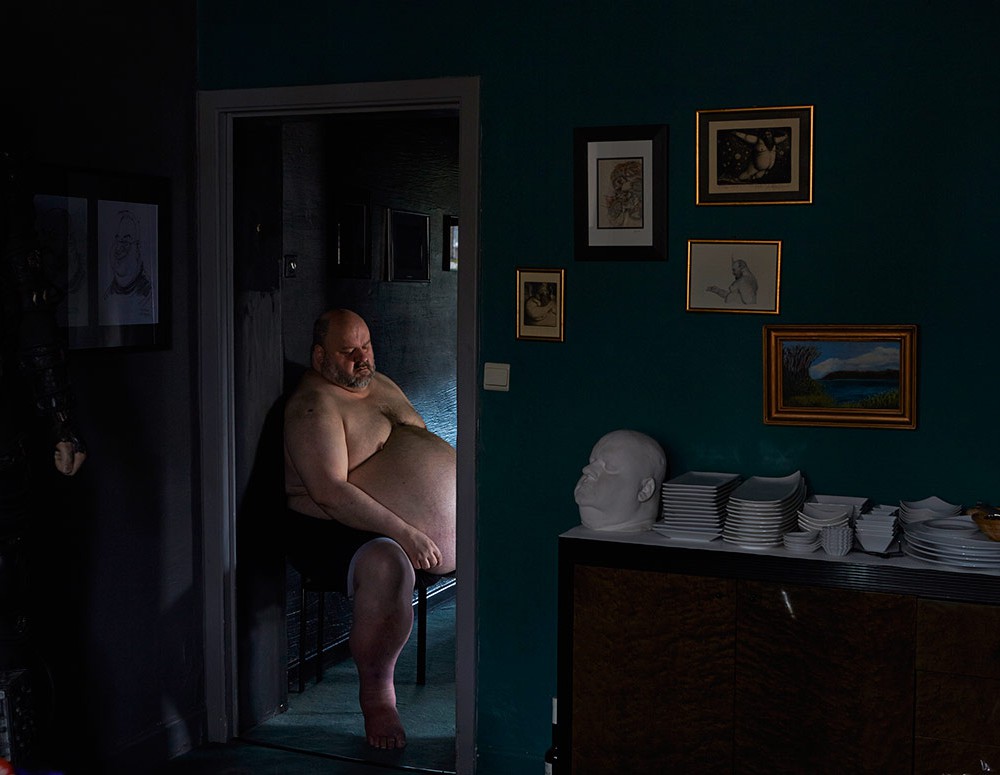
As interesting antidote to the critique of McCurry’s images comes from Robert Dannin, Magnum Editorial Director from 1985-90 during those years when these images were made. His repsonse raises more questions rather than answers — about Magnum Photos and its members, about National Geographic, and about the picture-agency business and its relationship to periodicals, book publishers, and other licensees. Read here on the blog: Photocritic International
Here are two brilliant articles by writers, academics and photographers. On his blog, Conscientious Photography Magazine, Jörg M. Colberg takes a reflective view on the McCurry scandal and asks:
“And what does it tell us about ourselves? What does it tell us about how we like to get the world presented? This is where each and every discussion of some “manipulation” scandals has completely and utterly failed to do anything meaningful: sure, you can pretend that photojournalists are those independent voices that solely determine both what’s in the pictures and what those pictures look like. But seriously, that’s as infantilizing as it is insulting — both to the photographers in question and to us as the larger audience.”
On his blog Dispothic, Lewis Bush questions the burden of truth that has come to define much photojournalism since the invention of photography, as Bush puts it, “The technology of photography was born in a century fixated on empiricism and on the belief that witnessing was the path to knowledge.” Bush concludes that the only way forward for documentary photography is to
“It is a burden of truth which rather than enabling important work often seems often to paralyze photojournalism’s most zealous adherents, leaving them unable to respond to many of the major problems which face the world today. As I wrote recently about the World Press Photo, journalists can no longer believe in the idea of objective photographic vision in an age when so many things that they need to reveal are constructed exactly to exploit or defy exactly such ways of thinking and seeing. Instead they need to embrace alternative forms of seeing and storytelling, ones where the potential for revelation lies in partly a readiness to embrace difference, subjectivity and in a rejection of simple ethical binaries and moral black and whites.”
Question: Consider if the notion of photographic truth is still relevant in a world where camera phones and digital technology allows everyone to be a photographer and to record daily life and human interaction?










